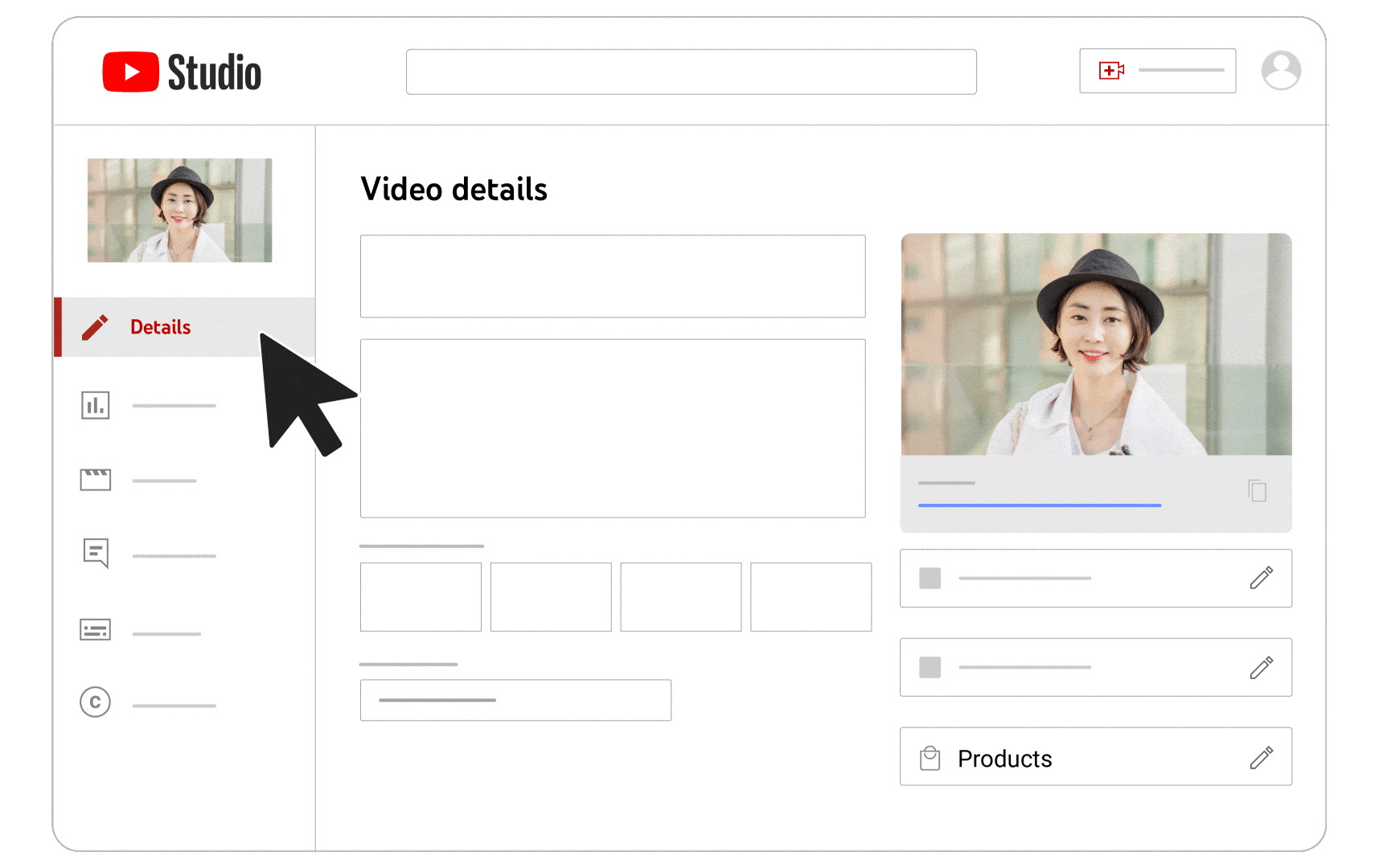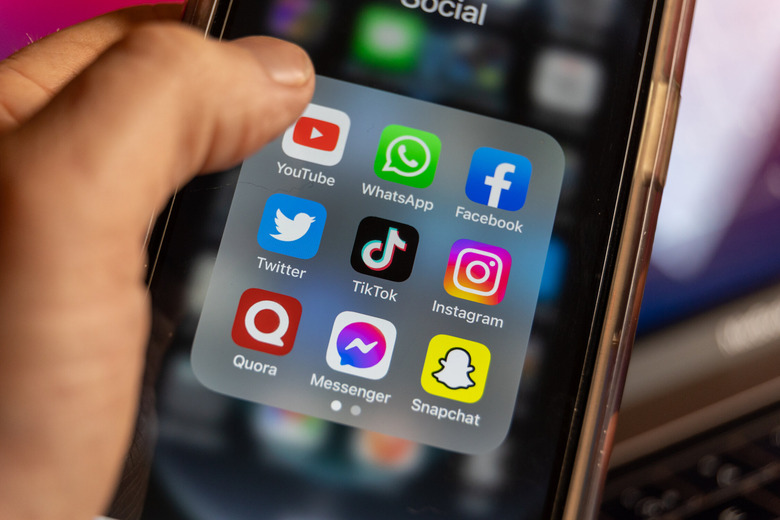YouTube Will Start Showing A Lot More Product Ads, But It's Not As Bad As It Sounds
YouTube is such a popular service because it's free to use, both by creators and internet users looking for quick entertainment or solutions to their problems. Of course, "free" is never truly free. Advertising and data collection are what powers the service and what makes it free.
That's why I said Google's decision to take a stance against ad blocker use on YouTube is the right thing to do. Then again, Google is also partly to blame for our collective hatred of online ads.
With that in mind, you might hate to hear the news that some of your favorite YouTube clips might include more product ads than before. But it's not as bad as it sounds. These aren't unskippable commercials interrupting the video. Instead, YouTube will make it easier for creators to place timestamps on products they promote in a clip. This might be useful to anyone looking to buy those products, or to anyone who wants to avoid the ads.
As Google explains in a new support document, creators will be able to add timestamps to all the products they showcase during a clip. When they do, a shopping button will appear during the video.
That's all there is to it. It's not another slot for a commercial. Google says that it tested the feature last month. Viewers clicked on tagged products twice as often in videos with timestamps based on those products.
The new product placement tool will not be available in Shorts, however. You won't see any shopping buttons appear in those.

The support document also says that creators will be able to tag affiliate products across their video library in bulk, based on products they've added to that description. The feature doesn't impact viewers. It just means creators will be able to better monetize their content, including old videos that receive plenty of traffic.
Finally, the support document notes that creators will be able to see which of their affiliate products drive the most revenue for the channel. Again, this feature would not impact the watching experience. But you might notice some of your favorite creators focus on specific products in their timestamps, which might bring in more revenue than others.
Separately, Google really wants you to like and subscribe to YouTube channels. According to a blog post, when creators ask you to like and subscribe to their channels, those buttons will start sparkling so they draw your attention.
That has nothing to do with ads on the platform, at least not directly. But your likes and channel subscription data informs Google's algorithms about your preferences. In turn, this data can influence the content recommendations and ads in all of Google's apps.
